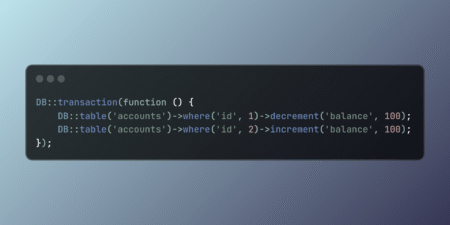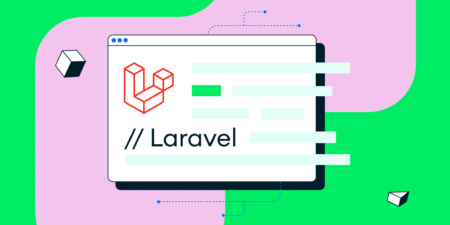When it comes to manufacturing, companies (OEM) require services from their manufacturing partners to help with the production of finished and semi-finished products. There are two known solutions that Oracle Fusion SCM suite offers: Outside Processing (OSP) and Contract Manufacturing. Both solutions involve a third-party vendor and a service component to either help complete a work order, fulfill a sales order, or fulfill subassembly demand. Both solutions serve a purpose and are quite powerful. Before I jump into the comparison, here’s a textbook definition of both solutions:
OSP:
OSP is the process of outsourcing a portion of the work order that is being done in house. For example, a steel shop that can cut and weld steel to manufacture frames may send the frames to a paint shop (vendor) to get painted. The steel shop then receives the painted frames in house and perhaps performs a few more value-added steps to complete the work order. The paint portion of this work order is considered an outside job. Companies may prefer outside processing for various reasons. The steel manufacturer may not be interested in installing a paint booth and employing painters, or the company may have a paint booth but it’s backlogged or is down. Specialization may be required. In all these scenarios, a vendor is needed to help.
Contract Manufacturing:
Contract Manufacturing is to (optionally) provide materials to a vendor and expect the vendor to produce assemblies and send them to external or internal customers. Typically, the company ships raw materials and/or subassemblies to their vendor and manages stock in their warehouse. With contract manufacturing, the vendor is in complete control of manufacturing process and is supposed to update and complete work orders or communicate back the process. The OEM usually has owned stock at the vendor location and tracks in its books.
The one-million-dollar question; which one to pick?
In most cases the “textbook” response can be straightforward. In some cases, companies that are using production steps from a vendor as one of the operations in their in-house work orders use the OSP solution. It’s straightforward and quite easy to set up. Read this blog for OSP treatment advice in Cost Management.
Contract Manufacturing may be used directly to fulfill back-to-back sales orders, or to fulfill the Supply Planning generated subassembly transfer orders and work orders. Two drawbacks to Contract Manufacturing (as of Release 25A), is that the second portion of the solution can only be accomplished by Supply Planning. Contract Manufacturing is a robust solution, but it requires vendors to actively participate providing feedback on inventory levels, or updating the production progress in Oracle Fusion.
There are use cases where companies may use a vendor to produce subassemblies, but would like to create manual work orders, manage the inventory, and want a less complicated solution. In this case, the OSP solution can work beautifully simulating a Contract Manufacturing solution.
| OSP | Contract Manufacturing | |
| New Inventory Organization | Optional | Required |
| Supply Planning | Optional | May be required |
| Service Items | Required | Required |
| Blanket Purchase Agreements | Optional | Optional |
| Ease of Implementation | Easy | More Complicated |
Based on the business requirements, the OEM may choose to go with OSP. Let’s assume that the inventory sent to the vendor for Contract Manufacturing is only sent when new assemblies are required and there isn’t an opportunity to electronically integrate through webservices and communication is with emails or with other correspondence.
For this OEM, it is feasible to create a Work Center in Oracle Fusion Manufacturing for its vendor, automatically create service purchase orders, and have dedicated supply and completion subinventories. Inventory Management could be a little challenging dedicating the raw material for contract manufacturer use only, but not unmanageable. In this simple scenario, the OEM doesn’t have to go through a complex setup to use Contract Manufacturing, and they can go with the OSP solution.
There are various use cases and potential solutions using Oracle Supply Planning, Inventory Management, and min-max planning, Oracle Manufacturing, Inventory and Procurement, and the Supplier Portal to fulfill various manufacturing scenarios.
Contact Mehmet Erisen at Perficient for more introspection of this functionality, and how Perficient and Oracle Fusion Cloud can digitalize and modernize your ERP platform.
Source: Read MoreÂ


